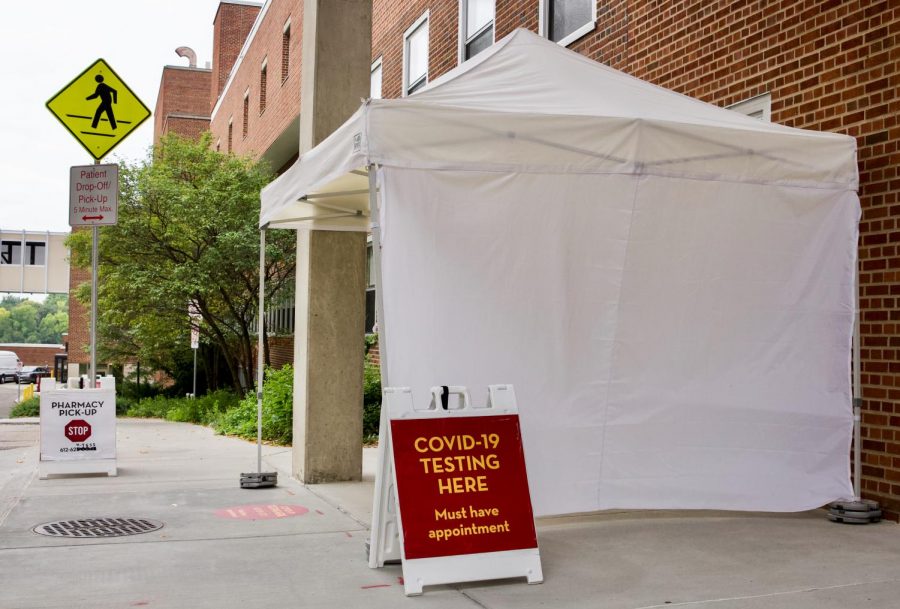The data behind students’ courses evaluations has been requested for years, but only recently became publicly available. Some of the data is not public under the Minnesota Data Practices Act, but in 2014 the University compromised with requesters and agreed to publish some evaluations.
These are the questions that were revealed, which are rated on a scale from zero to six:
1. I have a deeper understanding of the subject matter as a result of this course.
2. My interest in the subject matter was stimulated by this course.
3. Instructional technology employed in this course was effective.
4. The grading standards for this course were clear.
5. I would recommend this course to other students.
The Minnesota Student Association published the data in late September. Few individual courses got perfect scores, except for Elementary Akkadian, and the Agricultural Industries and Marketing department’s field investigation course, which both had less than 10 ratings.
On the opposite side of the spectrum, many courses with between one and nine students received average recommendation scores of two or less. Of classes that had more than 10 ratings, two received an average of less than two, and 29 got a perfect six.
University Assistant Vice Provost Ole Gram told the Minnesota Daily some faculty were hesitant about publishing the data because some students might make biased evaluations.
“There’s a sense that some of these ratings can be biased,” he told the Daily in September. “Sometimes you have faculty who try … to be innovative in their teaching, and sometimes it doesn’t work as well.”
But professors recognize it’s more reliable than websites like Rate My Professors where some respondents tend to have extreme opinions, Gram said.
The Minnesota Daily looked at nearly 7,000 evaluations that have been published, which include classes since fall semester in 2015. Explore them below:














